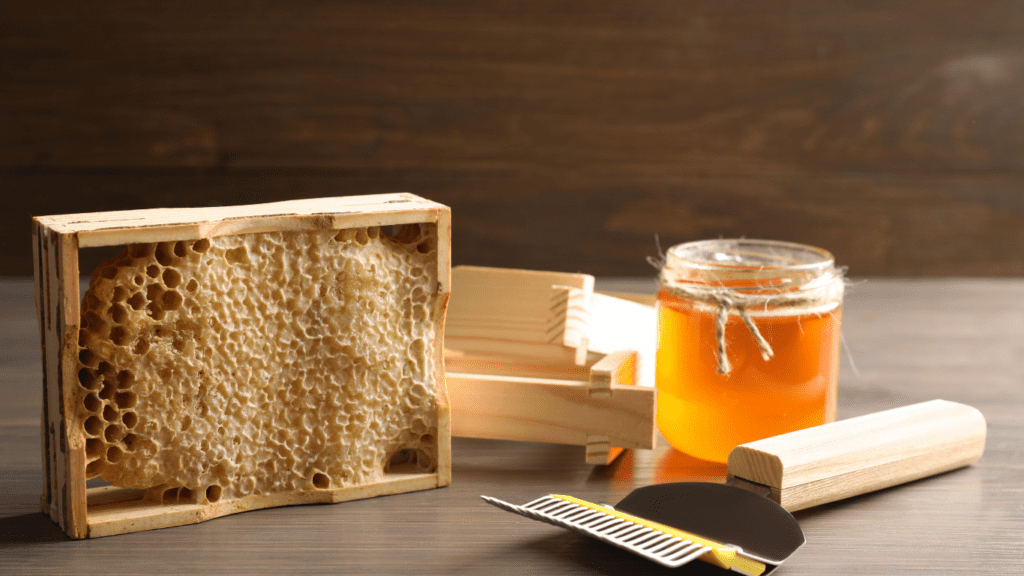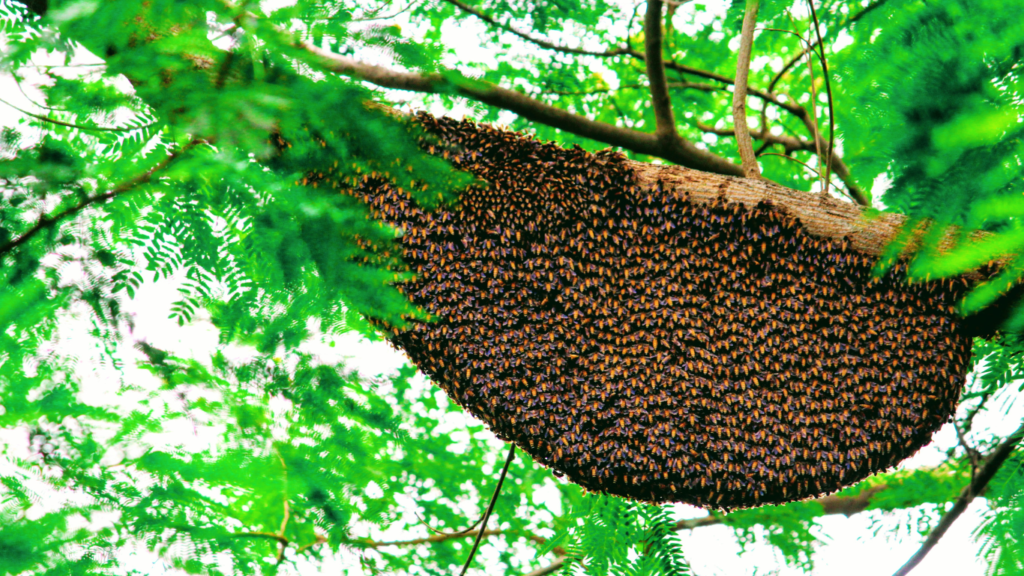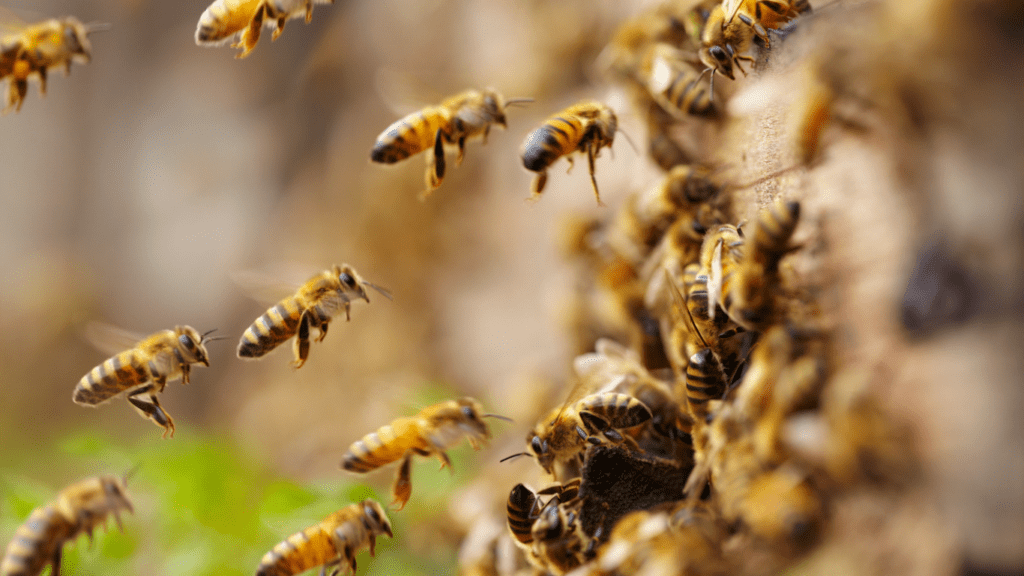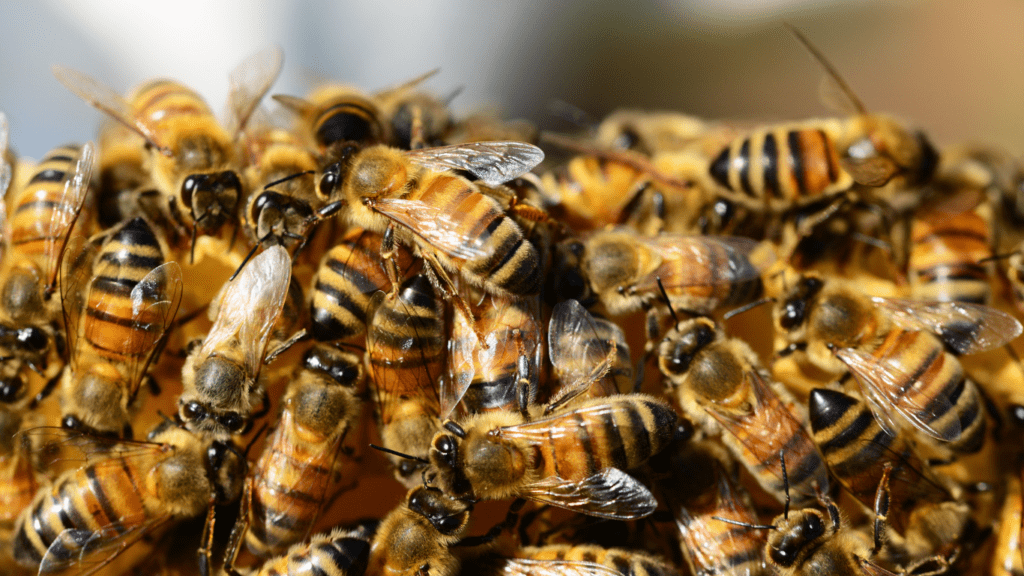Raw Honey
Raw Honey: Nature's Golden Treasure
Raw honey, often referred to as liquid gold, is a pure and unprocessed form of honey straight from the hive. Bursting with flavor and natural goodness, raw honey offers a multitude of health benefits and culinary possibilities. In this article, we will delve into the world of raw honey, exploring its production process, unique characteristics, nutritional value, and diverse uses.
Raw Honey:
Raw honey is collected directly from honeycombs without undergoing any significant processing steps. Honey bees gather nectar from flowers, which they transform into honey through enzymatic activity and moisture evaporation. The bees store the honey in hexagonal wax cells within the honeycomb. Beekeepers carefully extract the honey from the honeycomb, typically using centrifugal force or gravity, and strain it to remove any potential impurities while preserving its natural properties.
Raw honey stands apart from other forms of honey due to its untouched and unfiltered nature. It retains the natural enzymes, pollen, propolis, and other beneficial compounds present in the original nectar. Unlike processed honey, raw honey does not undergo pasteurization, ultrafiltration, or heating processes, ensuring that its valuable nutrients and enzymes remain intact.
Raw honey boasts a distinct and robust flavor profile that varies depending on the floral sources visited by the honeybees. Each type of raw honey offers a unique taste experience, ranging from mild and floral to rich and bold. Common floral varieties include clover, orange blossom, wildflower, and buckwheat, each with its characteristic aroma and flavor notes.
Raw honey is not only a delicious natural sweetener but also a nutrient-rich food. Here are some key nutritional components found in raw honey:
- Carbohydrates: Raw honey primarily consists of natural sugars, such as glucose and fructose, providing a quick and sustainable source of energy.
- Enzymes: Raw honey contains a variety of enzymes that contribute to its health benefits. These enzymes can aid in digestion and support overall well-being.
- Vitamins and Minerals: Raw honey contains trace amounts of vitamins and minerals, including vitamin C, B vitamins, calcium, iron, and potassium. While the amounts may be relatively small, raw honey can contribute to overall nutrient intake.
- Antioxidants: Raw honey is rich in antioxidants, including phenolic compounds, flavonoids, and organic acids. These antioxidants help protect the body against oxidative stress and may have anti-inflammatory properties.
Raw honey has been used for centuries for its various medicinal properties. Some potential health benefits of raw honey include:
- Soothing Properties: Raw honey has natural antibacterial properties and can be used topically to soothe wounds, burns, and minor skin irritations.
- Cough and Cold Relief: Raw honey can help soothe coughs and alleviate symptoms of common colds. It can be consumed alone, added to warm water or herbal teas, or combined with lemon for additional soothing effects.
- Allergy Relief: Local raw honey may contain small amounts of local pollen, which some believe can help alleviate seasonal allergies when consumed regularly. However, more research is needed to confirm this effect.
- Digestive Health: Raw honey, particularly varieties rich in enzymes, may aid digestion and promote a healthy gut microbiome.
Raw honey’s versatility extends beyond its health benefits. It is a prized ingredient in culinary creations and can elevate both sweet and savory dishes. Here are some popular uses:
- Sweeteners and Toppings: Raw honey can be used as a natural sweetener in beverages like tea, coffee, and smoothies. It is also delicious when drizzled over yogurt, fruit, pancakes, and desserts.
- Sauces and Marinades: Raw honey adds depth and complexity to sauces, dressings, and marinades. Its natural sweetness and viscosity make it an excellent choice for glazes and barbecue sauces.
- Baking: Raw honey can be used as a substitute for processed sugar in baking recipes, adding a distinctive flavor and moisture to cakes, cookies, bread, and granola bars.
- Cheese Pairings: Pairing raw honey with different types of cheeses creates a delightful combination of flavors. The sweetness of raw honey complements the savory and salty notes of cheeses, making it a popular choice on cheese boards.
To preserve the quality of raw honey, it is essential to store it properly. Here are some tips:
- Keep it Sealed: Store raw honey in a tightly sealed container to prevent moisture absorption and maintain its freshness.
- Avoid Direct Sunlight: Exposure to sunlight can degrade the quality of raw honey. Store it in a cool, dry place away from direct sunlight.
- Crystallization: Raw honey may crystallize over time, which is a natural process. To return it to its liquid state, gently warm the jar in a warm water bath.
Raw honey is a treasure of nature, offering a rich flavor, nutritional value, and a wide array of potential health benefits. Its unprocessed nature and diverse culinary uses make it a prized ingredient in kitchens around the world. Whether enjoyed as a sweet topping, natural remedy, or a versatile ingredient in recipes, raw honey’s golden goodness is a testament to the beauty and bounty of the honeybees’ labor. Embrace the richness of raw honey and savor its natural sweetness in all its glory.
More From The Hive:

Unveiling Turkey’s Sweet Symphony: Exploring Honey Types and Varieties
Turkey, a land where ancient traditions meet breathtaking landscapes, has a rich history of honey production and a remarkable diversity of honey types. With its diverse climate zones, vast floral resources, and a strong culture of beekeeping, Turkey offers an ideal environment for bees to gather nectar and create a

Discovering Ethiopia’s Golden Treasures: A Journey Through Honey Types and Varieties
Ethiopia, a land known for its rich history, vibrant culture, and breathtaking landscapes, is also celebrated for its diverse and high-quality honey production. With its lush forests, fertile valleys, and vast floral resources, Ethiopia offers an ideal environment for bees to thrive and create a wide range of honey types.

Getting Started with Beekeeping: Essential Equipment and Supplies
Starting your journey as a beekeeper is an exciting endeavor that allows you to connect with nature, support pollinators, and reap the rewards of honey production. To set yourself up for success, it’s crucial to have the right equipment and supplies. In this blog, we will guide you through the

Choosing the Right Hive: Exploring Different Beehive Types
Selecting the right beehive is a crucial decision for beekeepers. The beehive serves as the home for your honeybee colony and plays a vital role in its success and productivity. With various hive types available, it’s important to understand their unique characteristics and suitability for your beekeeping goals. In this

The ABCs of Bees: A Beginner’s Guide to Understanding Bee Basics
Bees are incredible creatures that have been buzzing around for millions of years, playing a vital role in our ecosystem. From pollinating flowers to producing delicious honey, bees are an integral part of our natural world. If you’re new to the world of bees and want to unravel the secrets

The Secret Life of Bees: Unraveling the Intricacies of Bee Behavior
Bees, with their intricate social structure and fascinating behaviors, lead a secret life that is both awe-inspiring and complex. As we delve into the hidden world of bees, we uncover a realm of communication, cooperation, and efficiency that is vital to their survival and our ecosystem. In this blog, we
